Scientific Research Using Knee Arthrometers - ACL Research/study
Explore the pioneering Knee ACL research/study and breakthrough findings associated with the GNRB & Dyneelax arthrometers on this page. Designed to enhance the diagnosis, prevention, and rehabilitation of knee ligament injuries, these arthrometers are revolutionizing the field. Dive into key research findings, advantages, and applications that make these tools indispensable for orthopedic surgeons, radiologists, sports medicine doctors, and physical therapists. Discover how these innovations are shaping the future of knee health and treatment.
Introduction
Navigating the complex landscape of knee ligament injuries demands cutting-edge solutions that redefine the boundaries of diagnostics and treatment. The GNRB & Dyneelax Arthrometers stand at the forefront of this innovation, offering a fresh perspective and a transformative approach to assessing the health and integrity of knee ligaments.
Orthopedic surgeons, radiologists, sports medicine doctors, and physical therapists are constantly seeking more reliable and efficient means to diagnose conditions like partial ACL ruptures. Traditional tools, while reliable, have their limitations. Recognizing this, the GNRB & Dyneelax arthrometers were developed as specialized instruments that bring a new level of precision to the field.
In this section, we will unravel the impactful research surrounding knee ligaments facilitated by these arthrometers. From enhancing diagnostic accuracy to streamlining rehabilitation, these devices have proven to be invaluable allies for healthcare professionals. Join us as we explore the science, the breakthroughs, and the potential that these arthrometers unlock in the quest for optimal knee health.
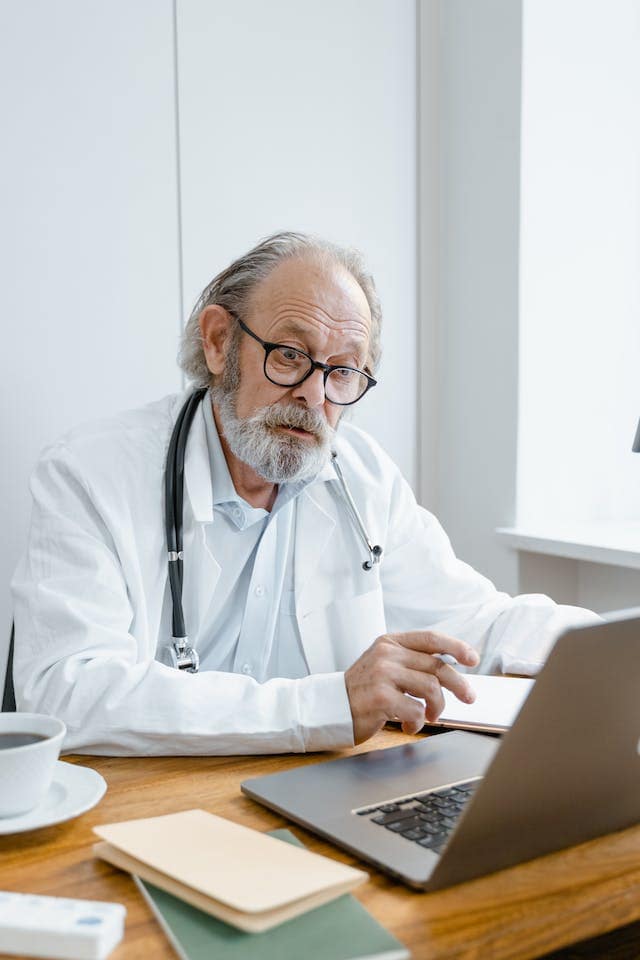
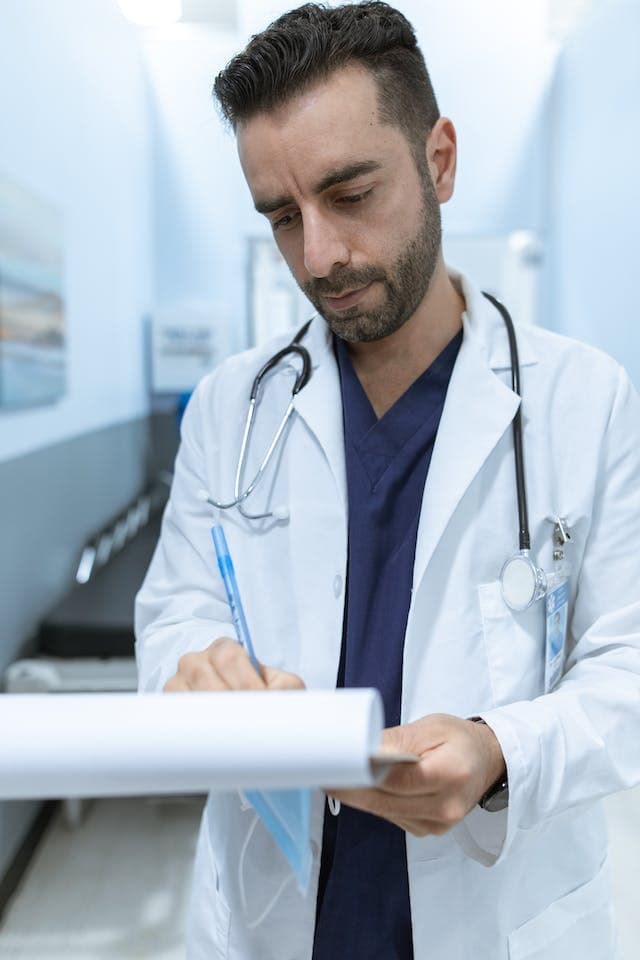
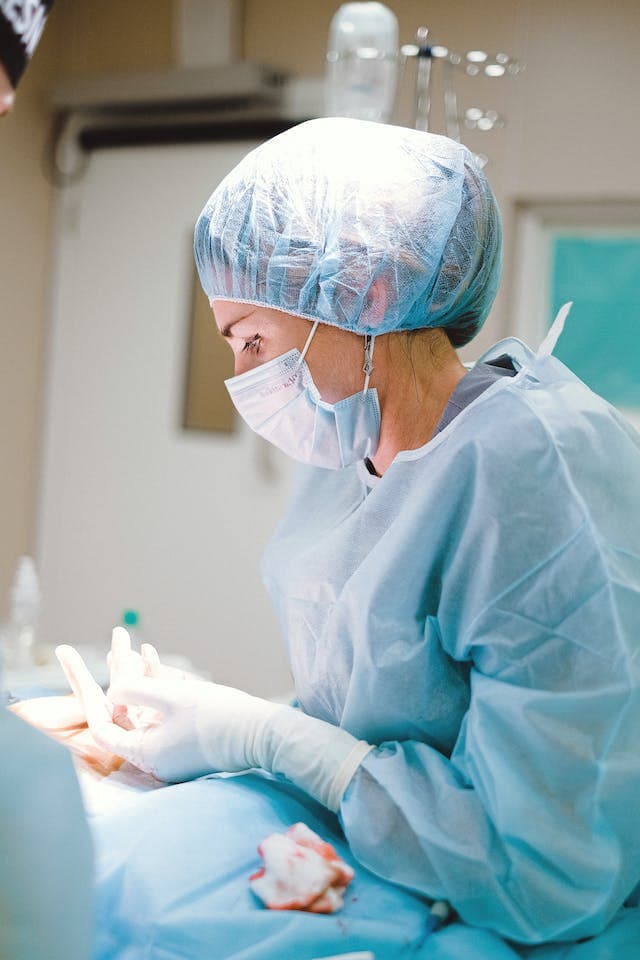

Advantages of Using GNRB & Dyneelax in Knee Ligament Research (ACL Research/study)
Enhanced Sensitivity and Specificity
Superior Detection: The GNRB & Dyneelax arthrometers have shown to outperform conventional methods like MRI in the detection of partial ACL ruptures, ensuring no cases go undiagnosed or misdiagnosed.
Precision: By providing quantitative data on knee laxity, these arthrometers facilitate precise assessments, eliminating the guesswork associated with manual evaluations.
Time-Efficiency and Cost-Effectiveness
Quick Assessments: These arthrometers enable swift and efficient evaluations, saving valuable time for both researchers and patients.
Cost Reduction: By potentially reducing the need for expensive imaging tests, they contribute to more cost-effective diagnostic pathways.
Ease of Integration and Versatility
Adaptability: The GNRB & Dyneelax arthrometers can be easily integrated into various research environments and clinical settings.
Comprehensive Analysis: Designed to assess all knee ligaments, they offer a versatile tool for broad spectrum research on knee ligament health.
Facilitation of Longitudinal Studies
Consistent Monitoring: Their ability to reliably track changes in knee laxity over time makes these arthrometers ideal for longitudinal studies on ligament injuries and rehabilitation.
Data Collection: Automated and standardized data collection ensures consistency and accuracy in long-term research studies.
Improving Rehabilitation Outcomes
Personalized Rehabilitation Plans: By accurately gauging the severity and progression of ligament injuries, these arthrometers aid researchers in tailoring rehabilitation plans for optimal recovery.
Real-Time Feedback: Researchers and practitioners can make immediate adjustments to treatment plans based on the real-time data provided by the arthrometers.
Fostering Innovation
Paving the Way for New Studies: The capabilities of the GNRB & Dyneelax arthrometers open up avenues for innovative research in knee ligament injuries and treatment modalities.
Evidence-Based Practice: By providing empirical data, these tools contribute to the development and endorsement of evidence-based practices in orthopedics and sports medicine.
Applications in Diagnosis and Treatment
Dyneelax: A 4 in 1 high-tech Medical Device
Diagnosis Of ACL, PCL, AL-PM & AM-PL Corners Injuries
Harnessing Dyneelax, we redefine knee ligament injury diagnosis. Especially with partial ACL ruptures, surpassing MRI's capabilities. Enter a new era of confident, precise assessments. Your knee's health, unmistakably reaffirmed.
Rehabilitation Of ACL, PCL,AL-PM & AM-PL Corner Injuries
Embrace Dyneelax's revolutionary technology as we guide you through the journey of ACL injury rehabilitation. Witness a transformation in recovery, where hope meets innovation. Rebuild with confidence and conviction.

Prevention of ACL, PCL, AL-PM & AM-PL Corners Injuries
Utilizing the cutting-edge capabilities of Dyneelax, we unveil proactive strategies to prevent ACL injuries. Venture into a future where knee safety is prioritized. Protect and prevent, with assurance.
Follow-Up Of ACL, PCL, AL-PM & AM-PL Corners
With Dyneelax as our compass, embark on a path of vigilant follow-up care for ACL injuries. Enter a realm where progress is measured, and healing is tracked with precision. Your journey, our commitment.
Together, We Achieve
In the world of medicine, precision is not an option but a necessity. Let's strive for accurate diagnoses and swift recoveries.
Don’t just take our word for it
Testimonials
To all users and those interested in the GNRB devices designed and patented by the Genourob Company.
Over the last 4 years, we have been intensively working the new method of Automatic Dynamic Laximetry, LDA, with its device the GNRB.
In addition to providing a state analysis of the state of the Anterior Cruciate Ligament (ACL) GNRB Gives a functional analysis as well.
So With the GNRB it’s possible to have a Dynamic Analysis of the stiffness of the ACL pre-surgery and of the graft post-surgery. It is useful in post-op follow-up for the graft Ligamentization assessment, and therefore a good indicator of the stability of the Knee.
The device is effective, reliable and easy to use and assists to improve diagnosis and treatment of the ACL injuries.
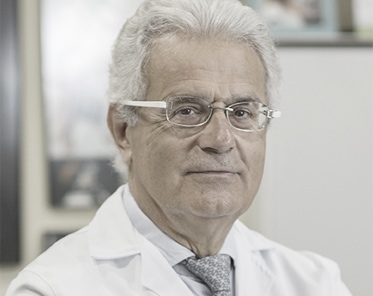
The main interest of this tool (but not the only one) in public health is to allow primary care doctors, and especially emergency physicians, to categorize knee sprains urgently, thanks to a simple-to-use tool in just a few minutes. This classification from the first consultation into a severe sprain (with ACL rupture) or mild (without ACL rupture) allows, on one hand, to avoid unnecessary and costly additional examinations (MRI) in the case of mild sprains, and on the other hand, to immediately adapt treatment to the severity of the sprain, avoiding, for example, unnecessary prolonged immobilizations.

I the undersigned, Doctor Henri ROBERT, Knee ACL surgeon specialist, confirm that the GNRB, ROTAM & DYNEELAX arthrometers are very accurate, reliable and with the best reproducibility in the world.
The arrival of the DYNEELAX revolutionizes the possibilities of the practitioner to regularly analyse the rotational and translational stabilities of the cruciate ligaments in the knee, using a non-invasive test, before and after surgery or as a preventive measure, or after partial tears. Numerous additional applications include notably the analysis of meniscus lesions (medial or lateral) which can be highlighted thanks to the rotational tests, as well as the functional analysis of the strength of the injured tissues.
The rotational analysis is an essential breakthrough as it allows the identification of rotational instabilities which are very difficult to detect with known clinical physical tests (pivot shift test, the Dejour test, dial test...). The DYNEELAX is the result of more than fifteen years of research and development which has led to the most advanced device in this field of study on an international level.
It is essential for surgeons to know the results of rotatory tests in order to adapt ACL surgery and perform or not an extra-articular tenodesis.
As much as translational stability could be controlled manually or with small manual laximetry tools, rotation has no suitable tool to validate this (nor any reliable clinical test due to the absence of relaxation necessary to carry out these tests properly).

This is a letter detailing my/our experience with use of the Genourob Dyneelax laximeter device.
We are a high volume tertiary referral arthroplasty centre and sports medicine centre in Western Australia. We are closely associated with the Orthopaedic Research Foundation of Western Australia.
We have had an excellent experience with the use of our Dyneelax device for multiple research projects, including novel investigation of the sagittal stability of total knee replacements and revision total knee replacements. We also have numerous projects working towards examining the stability of anterior cruciate multi-ligament knee reconstructions.
Our experience working with the company has been excellent. We are literally located on the other side of the world; however, they have gone over and above to help us with training and our customer support. I cannot recommend them highly enough.
In terms of the device, it is an excellent research tool which enables us to establish quantified measurement of the sagittal and rotational stability of multiple different knee arthroplasty devices, a measurement that hereto forth was impossible. This is generating high level novel research of an international interest.

My name is Michael Rüscher, I work in the field of conservative and operative orthopaedics as an osteopath and physiotherapist! I am currently working intensively on my PHD dissertation in the field of biomechanics.
I discovered the device Dyneelax from the company Genourob in the course of my research about 1 year ago and the idea was born to write the dissertation with this laximetry on the knee joint. I have now taken over 100 measurements on operated and conservative cruciate ligaments and am thrilled with the measurement method. It is simple and very reliable to use.
In my daily work with my brother Dr. Rudolf Rüscher we evaluate the cruciate ligaments by means of MRI and immediate laximetry.
We have already had 3 patients with a described complete cruciate ligament rupture who then showed no clear instability in the laximetry measurement, i.e. less than 1.5 mm at 100 Micro Newton. So we are excited about this functional study of this laximetry.
The topic of my dissertation is "Comparative investigation of the biomechanics (laximetry by Genourob) of the knee joint with rupture of the anterior cruciate ligament after surgical and conservative treatment under consideration of economic efficiency".
I would therefore like to thank the Genourob company once again for this innovative examination device!


DOI: 10.24966/ORP-2052/100035

DOI: 10.1016/j.knee.2023.03.017
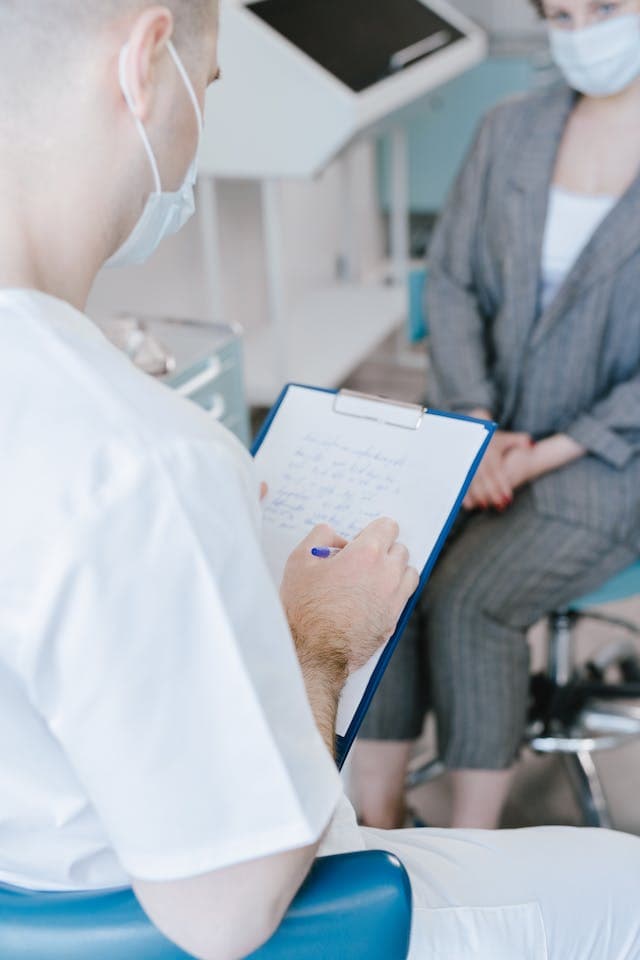
DOI: 10.1016/j.medntd.2023.100254
Who Should Use Dyneelax & GNRB?
Benefits for Each Professional:
Conclusion
The breakthrough research findings associated with the GNRB & Dyneelax arthrometers underscore their transformative impact in the realm of knee ligament health. By enabling precise diagnosis, fostering personalized rehabilitation, and facilitating preventive care, these arthrometers stand as pivotal tools for healthcare professionals. Their consistent contributions to evidence-based practice pave the way for a future where knee ligament injuries are addressed with the utmost accuracy and efficacy.
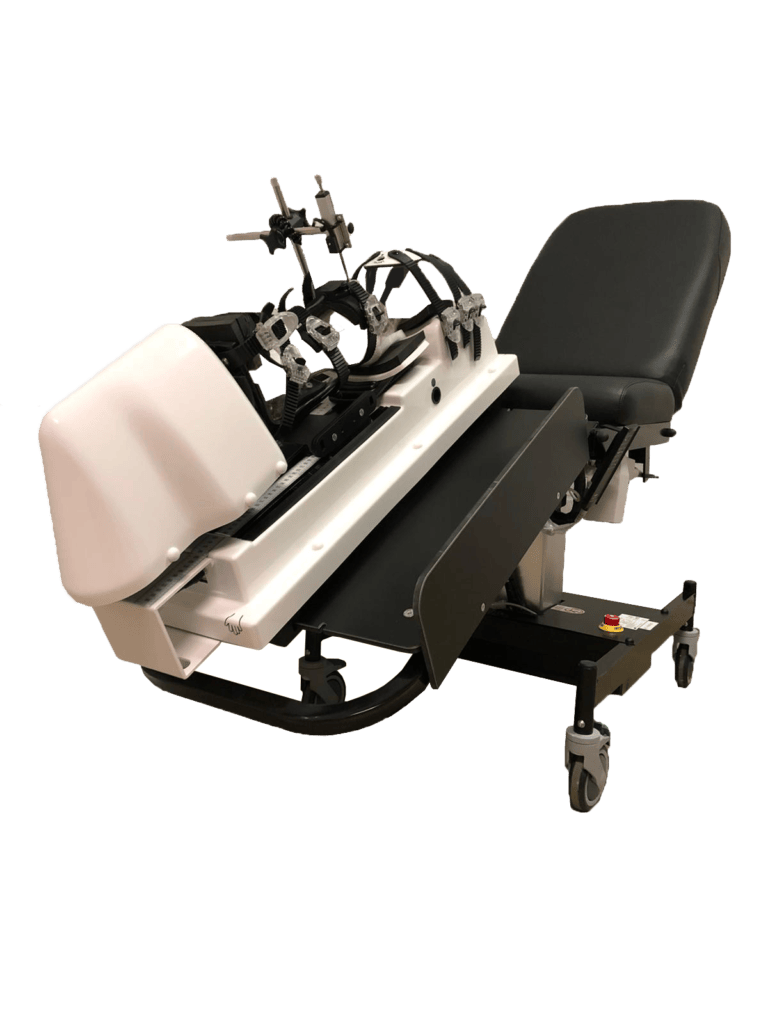

Resources
To assist healthcare professionals in leveraging the GNRB & DyneeLax arthrometers to their fullest potential, we have curated a collection of resources. These are designed to provide comprehensive insights, from basic setup and operation to in-depth diagnostic procedures. These resources aim to facilitate seamless integration of these innovative tools into your diagnostic practice, ensuring accurate and timely identification of knee ligament injuries.
Research Articles & Clinical Studies:
2023 - GNRB® laximeter with magnetic resonance imaging in clinical practice for complete and partial anterior cruciate ligament tears detection: A prospective diagnostic study with arthroscopic validation on 214 patients.
DOI: 10.1016/j.knee.2023.03.017
2023 - Sensitivity, repeatability and reproducibility study with a leg prototype of a recently developed knee arthrometer: The DYNEELAX®
DOI: 10.1016/j.medntd.2023.100254
2019 - Anterior knee translation measurements after ACL reconstruction are influenced by the type of laximeter used.
DOI: 10.1007/s00167-020-05950-5
Instructional & Presentation Videos:
Click Here to view GNRB Tutorial Video
Click Here to view the DyneeLax Presentation Video
We are here to help!
We're here to assist you on your journey towards better health and precision in diagnosis. Don't hesitate to reach out with any questions or inquiries. Contact us today and let us guide you towards a healthier tomorrow.
Visit us
Bâtiment 60, Rue du Chef de Bataillon Henri Géret
53000 Laval
France
Email Us
yves.crystal@genourob.com
Call Us
+33 7 66 76 03 92 Whatsapp or Phone Call
